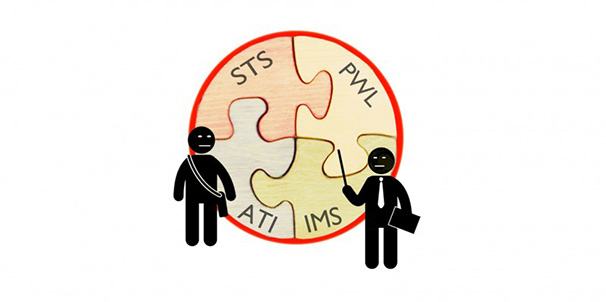
Editor’s note: This article was originally published in Issue 26 of The Gazelle, the student publication at NYU Abu Dhabi. It has been reprinted with permission as a part of an ongoing collaboration between The Gazelle and WSN to connect our two campuses.
Among the NYU Abu Dhabi community, the core curriculum has been an issue of concern. According to the official school’s website, the objective of the program is for students “to grapple with profound and enduring questions about the human and social condition while developing essential intellectual skills.”
For freshman Janna Kiseeva, the core curriculum exemplifies the liberal arts degree.
“[The cores] represent the breadth of the university education and are there to take one out of one’s comfort zone.”
Another freshman, Sofia Gomez-Doyle, claims that the cores are beneficial for delving into more than just one particular field of study.
As an upperclassman, Paloma Saco–Vertiz has taken several cores and acknowledges that there are both benefits and drawbacks to such a curriculum.
“The cores, unless they are writing intensive, are not very difficult, but they pose a difficulty for students who are not interested in certain fields.”
Challenges & proposals
For Adam Ramey, a Political Science professor at NYUAD, the core curriculum leaves many questions to be answered.
“How do we go about teaching a core class? Do we teach it in the same way as a standard course? What about the syllabus?” he wondered.
In fact, the execution of the core curriculum presents itself as a major challenge.
“We are currently working on having regular meetings of core curriculum faculty instructors to make sure there is more uniformity,” stated Ramey.
From a student perspective, Kiseeva agrees that certain changes should be made in order for students to receive the best university experience.
“It would be better if students had the opportunity to choose certain areas of cores that are of their particular interest and choose core classes within these areas,” explained Kiseeva. “I say this because four areas that encompass all the core classes are mandatory and choosing two classes in each category is too much.”
Saco-Vertiz, on the other hand, does not think that major changes should be made. When it comes to the choice of classes, however, she believes allowing students more freedom would be beneficial.
“Maybe instead of selecting two classes out of each of the four major areas of the core curriculum, students should select one,” proposed Saco-Vertiz.
Changes happening on the Square
Parallel to NYUAD, the core program of the NYU New York’s College of Arts and Sciences has recently been given attention as well. Formerly known as the Morse Academic Plan, or MAP for short, it has now been renamed the core curriculum.
Similar to some NYUAD students, NYU New York senior Alison Everett had both positive and negative reactions to the cores.
“This program helped me, but I was more eager to take more [introductory] level courses to different fields because of my major and my interests, and the MAP requirements got a little excessive in fields that I did not necessarily [want] to study and explore,” stated Everett.
NYUAD cores commission
Charles Grim, the NYUAD Vice Provost for Academic Administration, confirmed that there is a commission currently working on potential changes to the core curriculum. Moreover, he agreed that the program has issues to be solved.
“I have heard that the number of courses in the core make it hard for students to fulfill their major requirements,” said Grim. “It’s not that the classes are too intense, rather it’s that the number of required cores is big.”
What is certain is that the cores will continue to be a part of the education NYUAD provides for its students during their university years.
“As for changes, some ideas were floated, but nothing definitive has been laid out yet,” explained Ramey. “The one thing that appears clear is that the core is here to stay. It’s possible that we may reshuffle things a bit, but that’s just speculation at this point.”
Grim does have some idea as to the future shape of the core curriculum.
“There are some people, including myself, who would rather see the cores move towards something that is called ‘the distribution requirements’ where your breadth doesn’t have to be from specific categories, but rather you would need to take a number of courses which are outside of your major,” stated Grim.
For now, however, the core curriculum retains its familiar form and any changes remain to be seen.
Emina Osmandzikovic is a staff writer at The Gazelle. Email her at [email protected]














































































































































